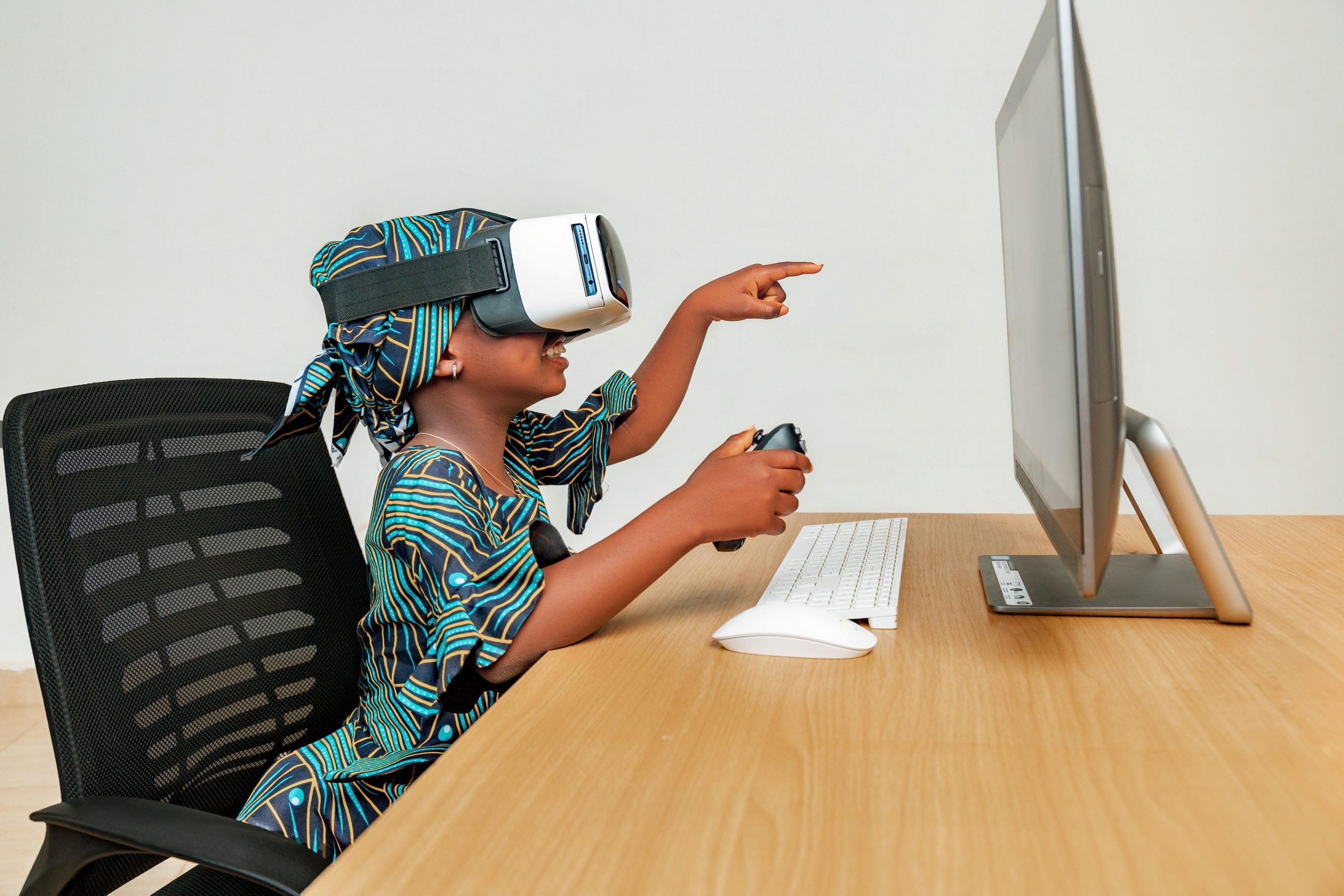The Future of Input Methods Beyond Traditional Keyboards and Mice
The way we interact with technology is constantly evolving. From the invention of the keyboard and mouse, to touchscreens and voice commands, input methods have played a crucial role in how we use and navigate devices. But as technology advances, traditional keyboards and mice may soon become a thing of the past. In this article, we will explore the future of input methods and discuss the potential alternatives to the tried and tested keyboard and mouse combo.
Virtual Reality and Gesture Control
When it comes to futuristic input methods, virtual reality (VR) and gesture control are two technologies at the forefront. In virtual reality, users are able to immerse themselves in a virtual world and manipulate objects using handheld controllers. But what if we could take it a step further and use our own hands and gestures to interact with the virtual world?
The Rise of Hand Tracking Technology
Hand tracking technology is already being used in some VR headsets, eliminating the need for controllers altogether. By using sensors to track the movement of our hands and fingers, we are able to interact with virtual objects and environments more naturally. This opens up a whole new world of possibilities for gaming, design, and even training and education.
The Potential of Gesture Control
Outside of VR, gesture control is also making waves in the world of technology. This technology uses cameras and sensors to track hand and body movements, allowing us to control devices with simple gestures. We’ve already seen the use of gesture control in gaming consoles, but its potential extends far beyond that.
In the future, gesture control could be used in a variety of applications, from controlling home smart devices to navigating through presentations in a more intuitive way. It also has the potential to revolutionize accessibility for people with physical disabilities, as it removes the need for traditional input devices altogether.
Brain-Computer Interfaces
Another input method that is gaining traction is the use of brain-computer interfaces (BCIs). This technology allows us to control devices using our brain waves, making the interaction process even more seamless and efficient.
The Advancements in BCI Technology
While BCIs have been around for some time, recent advancements have made them more accurate and easier to use. In the past, these interfaces required invasive procedures, such as surgically implanting electrodes into the brain. However, new non-invasive methods are being developed, making it more accessible for everyday use.
The Potential Applications of BCIs
The potential applications of BCIs are vast. From controlling prosthetic limbs for amputees, to helping people with paralysis gain more independence, the possibilities are endless. It also has the potential to improve our productivity and efficiency, as tasks can be completed without the need for physical input devices.
Voice and Facial Recognition
Currently, voice and facial recognition are primarily used for security purposes, but they may soon become a popular input method for everyday use.
How Voice Recognition is Evolving
Voice recognition technology has come a long way in recent years, with advancements in artificial intelligence and machine learning allowing for more accurate and natural voice interactions. Personal assistants like Amazon’s Alexa and Apple’s Siri are just the beginning, as we may start to see voice recognition being used in a wider range of applications, from controlling our smart homes to making phone calls.
The Potential of Facial Recognition
Facial recognition is also becoming more advanced, with the technology now able to identify and track our facial expressions and emotions. This could have applications in gaming, virtual reality, and even mental health. For example, facial recognition could be used to detect early signs of depression or anxiety in individuals.
The Conclusion
In conclusion, the future of input methods beyond traditional keyboards and mice is looking very promising. Virtual reality, gesture control, brain-computer interfaces, and voice and facial recognition are just a few of the innovative technologies that are paving the way for a more seamless and natural way of interacting with technology. As these technologies continue to evolve and become more user-friendly, we may soon bid farewell to the trusty keyboard and mouse. So, are you ready to say hello to the future of input methods?










